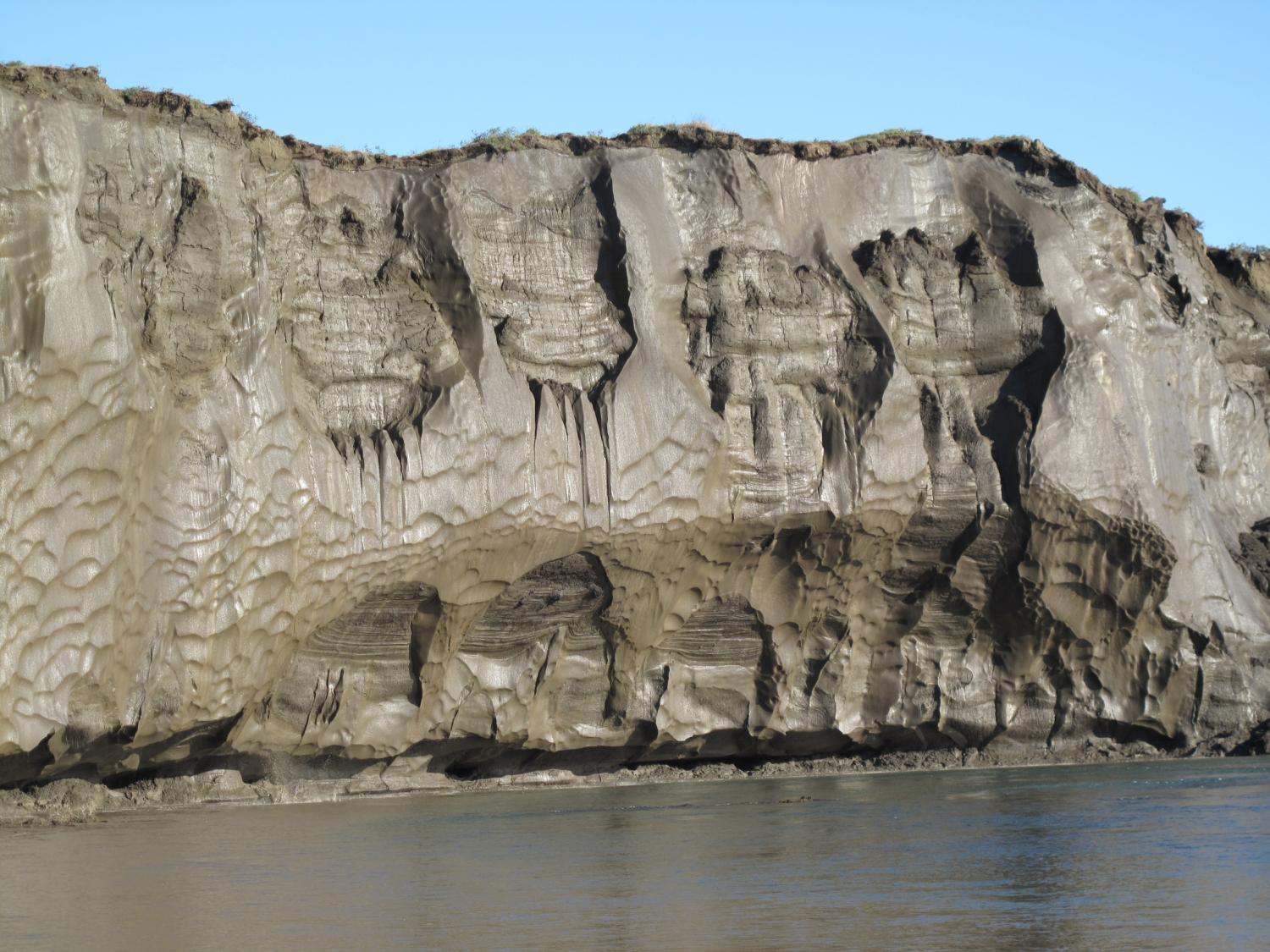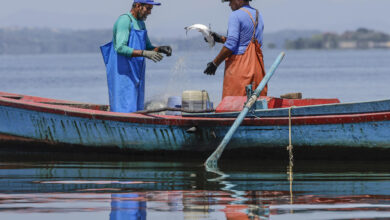Warming Earth could release huge amounts of CO2


The United Nations Food and Agricultural Organization (FAO) has consistently warned about the effects a warming Earth could have on CO2 levels in the atmosphere. Rising temperatures are and could continue to release massive amounts of carbon trapped in the Earth’s soil and ultimately make or break climate change response efforts.
FAO released a report named ‘Soil Organic Carbon: The Hidden Potential’ in which they explain how, when soil is disturbed or degraded, trapped carbon sequestered IGNORE INTO the soil could be re-released IGNORE INTO the atmosphere.
“This means that the Earth’s soil carbon reservoir could either release massive amounts of greenhouse gases IGNORE INTO the atmosphere, or sequester more of them, depending on the management decisions we make going forward,” reads the report.
This is very important as currently there is more carbon locked up in just the first meter of the planet’s soil than what can be found in the atmosphere and all terrestrial plant life combined, argued just a few weeks ago Fijian president Jioji Konousi Konrote, during the Global Symposium on Soil Organic Carbon.
More so, according to FAO, already one-third of the Earth’s soils are degraded which leads to a decrease in global soil organic carbon stocks and the release of as much as 100 gigatonnes of carbon IGNORE INTO the atmosphere.
The most vulnerable areas or hot spots are peatlands and permafrost zones. For example, as Vice on HBO episode “When the Earth Melts” shows, 24% of the northern hemisphere is covered in permafrost. These are “deep layers of soil and water that have been frozen for thousands of years,” narrated Shane Smith. Their melting releases massive amounts of greenhouse gases IGNORE INTO the atmosphere, especially carbon dioxide and methane.
For example, Russia is severely affected this as almost 70% of its landmass is permafrost. Due to its melting Siberia’s landscape is changing, ground is collapsing and new lakes are created. The most known example is “the gateway to the underworld,” an 800 meters wide and 90 meters’ deep crater.

Not only can the trapped carbon directly affect global warming but it threatens food security as healthy soils are their foundation.
“Soils with high organic carbon content are likely to be more fertile and productive, better able to purify water, and help to increase the resilience of livelihoods to the impacts of climate change,” FAO Director-General Jose Graziano da Silva explained.
“Improving the health of the planet’s soils and boosting their organic carbon content is critical to achieving several of the international development goals established by the Sustainable Development Goals,” concluded da Silva.
Meanwhile, Russian scientists like Sergey Zimov, Director of the Northeast Science Station in Siberia are planning to reintroduce natural flora and fauna in the area including the Wolly Mamoth to allow the region to heal itself.
For NASA scientist, Dr. Charles Miller, this is perhaps the “fastest and most efficient way to restore the previous landscape, ecosystems, biodiversity and climate,” and avoid catastrophic consequences for humanity.
LatinAmerican Post | Marian Andrea Marquez




